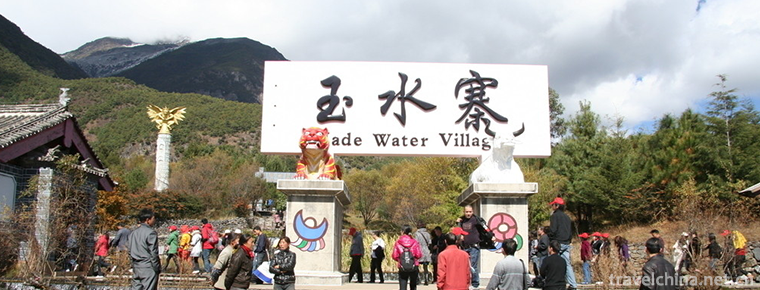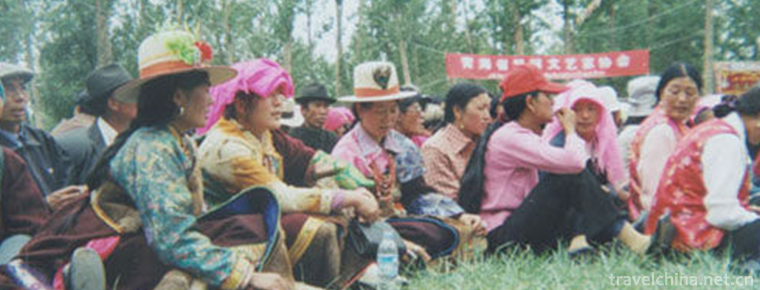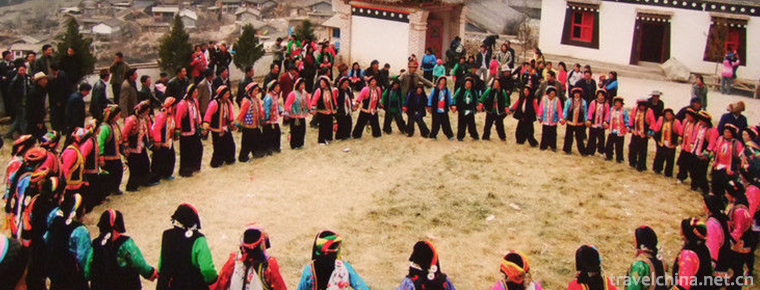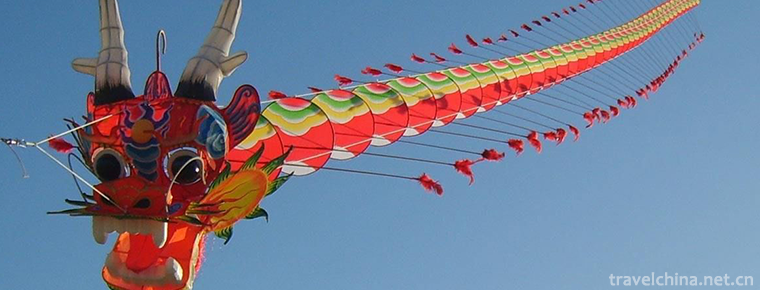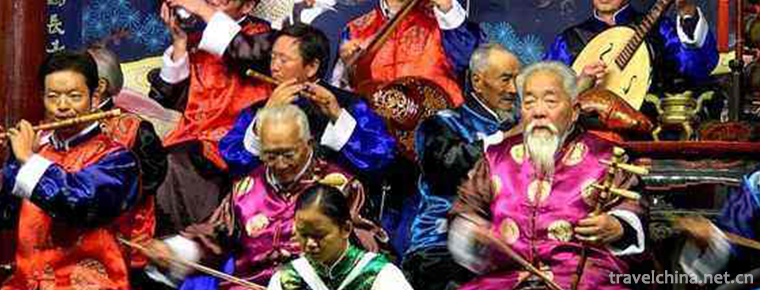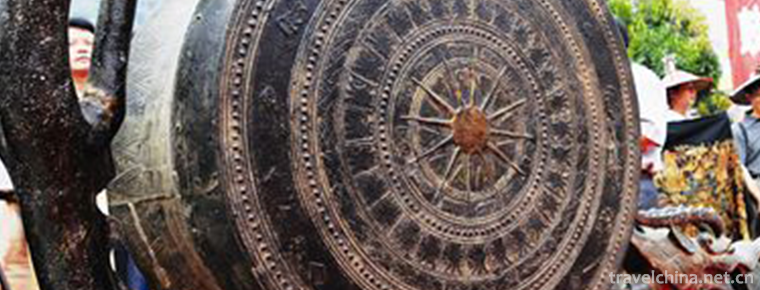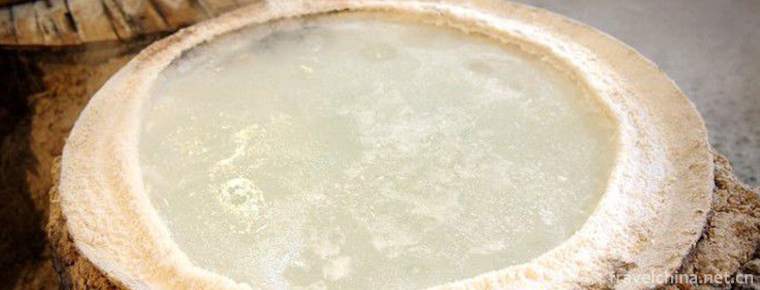Korean Dongxiao Music
Korean Dongxiao Music
The Koguryo History Music Records records that Dongxiao belonged to the musical instruments of the Tang Dynasty in China. During the period of Shizong in the Li Dynasty, it was introduced from West Asia to the Korean Peninsula via China. It is a unique and most representative traditional instrument of the Korean nationality in China. It has a history of 1500 years. According to historical records, in the middle of the fourth century, Gaogouli murals, there have been scenes of playing "Xiao" as an instrument. Since the 14th century, Xiao has been improved into Dongxiao and used in music practice. It has gradually become a traditional instrument of the Korean nation.
On June 7, 2008, Korean Dongxiao Music was approved by the State Council to be included in the second batch of national intangible cultural heritage list.
historical origin
As one of the most popular instruments among Korean people, Dongxiao (also known by scholars as tube xiao) plays an important role in the inheritance and dissemination of Korean folk music with its unique tone, performance style and artistic style. However, from the perspective of academic research of ethnomusicology, it has not attracted enough attention for a long time. This paper analyses and summarizes the characteristics, social functions and background of such musical cultural phenomena. On the basis of collecting data and field investigation as widely as possible, it combs and studies Korean Dongxiao and Dongxiao music with the research methods of Ethnology and musical morphology. The Dongxiao music and its folk activities in Mijiang Township of Hunchun City in Yanbian Korean Autonomous Prefecture of Jilin Province were investigated in detail. Through investigation and comprehensive study of literature, this paper traces the Korean national origin and Dongxiao music, and takes "Dongxiao Township" of Mijiang River as a typical case, the characteristics of Korean Dongxiao music.
artistic characteristics
In June 2008, Korean Dongxiao music was listed in the second batch of national intangible cultural heritage list.
Korean folk music, with its distinct characteristics, is unique in the music of ethnic minorities in China. It keeps the national style well and shows its tenacious vitality. However, with the development of society, like many other forms of folk music in China, the survival and development of Korean folk music is also facing unprecedented severe test.
Inheritance significance
Mijiang Township in Hunchun City is a well-known "Korean Dongxiao Township". Korean Dongxiao Art was listed in the national intangible cultural heritage list in 2008, and was awarded the title of "Town of Chinese Folk Culture and Art" by the Ministry of Culture of the People's Republic of China, and then awarded the title of "Town of Chinese Korean Dongxiao Art" by the Association of Chinese Folk Literators and Artists.
In order to further enhance the cultural atmosphere and influence of Mijiang Township and promote the construction of spiritual civilization in the whole town, Mijiang Township spontaneously organized Dongxiao fans to learn Dongxiao, practice popular tunes and rehearsal programs, and established a Dongxiao Association composed of more than 70 members. Mijiang Village, Mijiang Township, has a resident force. The development history of Mijiang Village is always linked with this force. In 1996, the village and the army formally formed a military-civilian co-construction unit. With concerted efforts, the village actively carried out activities such as rural grass-roots organization construction, new rural construction, poverty alleviation and poverty alleviation. Teacher Li Jisong, a provincial inheritor of intangible cultural heritage, went into the barracks and organized officers and soldiers to learn Korean Dongxiao culture. The officers and soldiers of the army changed their curiosity to love Dongxiao music. They practised diligently in their spare time. In less than two months, they played a popular Korean folk song "Alirang". The team's enthusiasts said that the Dongxiao is a very attractive traditional Korean musical instrument, greatly enriching the spiritual and cultural life of the army, they will continue to practice the Dongxiao performance, carefully rehearse programs, and perform in festival activities.

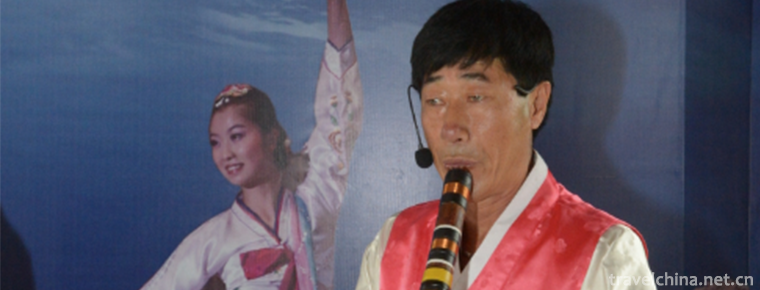
-
Zaozhuang Old Street Shuicheng South Shandong
Shuicheng Zaozhuang Old Street in Southern Shandong Province is located in the middle section of Xichang Road in the Central District of Zaozhuang City, Shandong Province. .
Views: 154 Time 2019-02-06 -
Yushuizhai Scenic Area
Yushuizhai Scenic Area is a national AAAA level tourist area (spot), located in the north of Baisha Town, which consists of a series of scenic spots. Yushuizhai Scenic Area is a scenic spot with Naxi .
Views: 161 Time 2019-03-07 -
Tibetan Layi
Tibetans are divided into three major dialect areas: Weizang, Kangba and Anduo, which form three areas with cultural characteristics combined with topography..
Views: 109 Time 2019-04-10 -
Duodi dances
Multi-place dance, Tibetan folk dance, is a unique way for Tibetan people to dance and sing. It mainly distributes in three areas of Zhouqu County, Gansu Province.
Views: 348 Time 2019-04-28 -
Kite making skills
Kite making skills, Weifang City of Shandong Province, Nantong City of Jiangsu Province, Lhasa City of Tibet Autonomous Region, Beijing, Tianjin and other local traditional skills, one of the national.
Views: 120 Time 2019-04-29 -
Baisha Xile of Naxi Nationality
Naxi Baisha Xile is also known as "Xiaoli at breaking time", "Xiaoli at breaking time", "Xili at breaking time", "Xili at breaking time" and "Xie Li at bre.
Views: 243 Time 2019-06-06 -
Yongxiu Yaya Opera
Yongxiu Ya Opera originated in Wu Town, one of the four famous towns in Jiangxi Province. It was born in the late Ming Dynasty and Ganbei Bench Opera. Because all of its female characters were played .
Views: 193 Time 2019-07-14 -
The Bronze Drum Custom of the Zhuang Nationality
Bronze drum is a percussion instrument created by Pu and Yue people in ancient China. Up to now, it has a history of more than 2700 years. Guangxi has the largest number and the widest distribution. T.
Views: 183 Time 2019-08-16 -
Deep Drilling and Drawing Techniques of Salt in Zigong Well
Zigong well salt deep drilling technology, the local traditional technology of Zigong City, Daying County, Sichuan Province, one of the national intangible cultural heritage..
Views: 227 Time 2019-08-16 -
Sichuan Conservatory of Music
Sichuan Conservatory of Music, whose predecessor was "Sichuan Provincial Drama Education Experimental School" founded in 1939, has experienced such periods as "Sichuan Provincial Music .
Views: 200 Time 2019-08-31 -
Luodai Ancient Town
Luodai Ancient Town is located in Longquanyi District, Chengdu City, Sichuan Province, with a total area of more than 20000 square meters. Luodai Ancient Town is a national historical and cultural town and one of the five "Dongshan five fields" in Chengdu..
Views: 167 Time 2020-11-05 -
Neijiang traffic
Neijiang has convenient transportation, which is one of the main national highway transportation hubs planned by the Ministry of transport, the second largest transportation hub in Sichuan Province and an important intersection point of Southwest land.
Views: 295 Time 2020-12-16

